Diving Point Gallery
What can we see while diving in Punta Cana?
Punta Cana is recognized as the underwater jewel of the Dominican Republic. Diving excursions are conducted at the premier dive sites of the region, which serve as a paradise for shark lovers, wreck enthusiasts, turtles, and rays galore! The healthy reefs surrounding this part of the islands are thriving with marvelous creatures and colorful corals. The shallow reefs receive sunlight year-round, providing ideal conditions for the vigorous growth of various hard corals. Divers can observe brain corals, labyrinth corals, whip corals, fan corals, acroporas, porites, millepora, and pillar corals. Commonly sighted species include nurse sharks, moray eels, and various tropical fish, contributing to a diverse underwater ecosystem. Overall, diving in Punta Cana offers a unique opportunity to explore a vibrant underwater environment teeming with life.
Park Reef
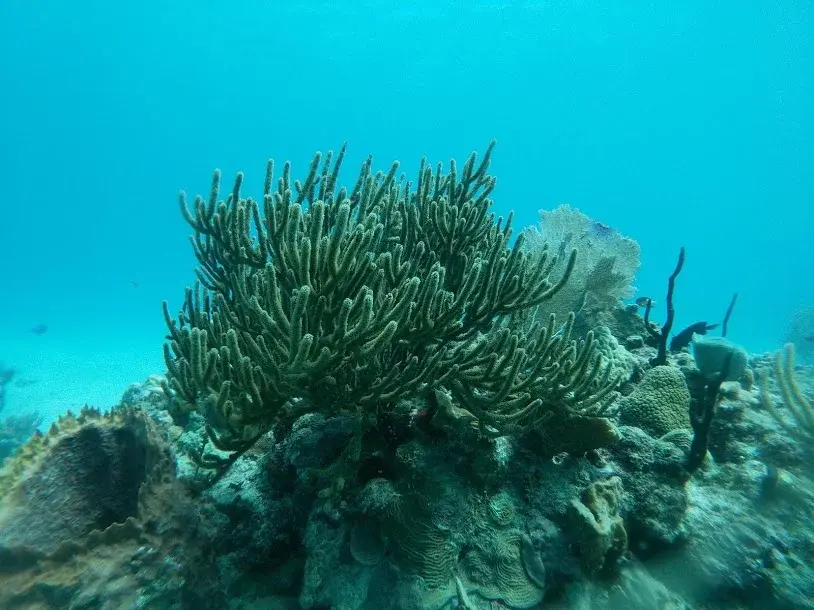
Park Reef
12 meters / 40 feet
Enjoy a pleasant, easy dive spot. Park Reef features some interesting rock formations overgrown with corals. Here, you will have a chance of finding some lobsters, squids, and even turtles that spend their time here. Because of the bottom, this dive site usually has good visibility, even when conditions aren’t the best.
Wreck Monica
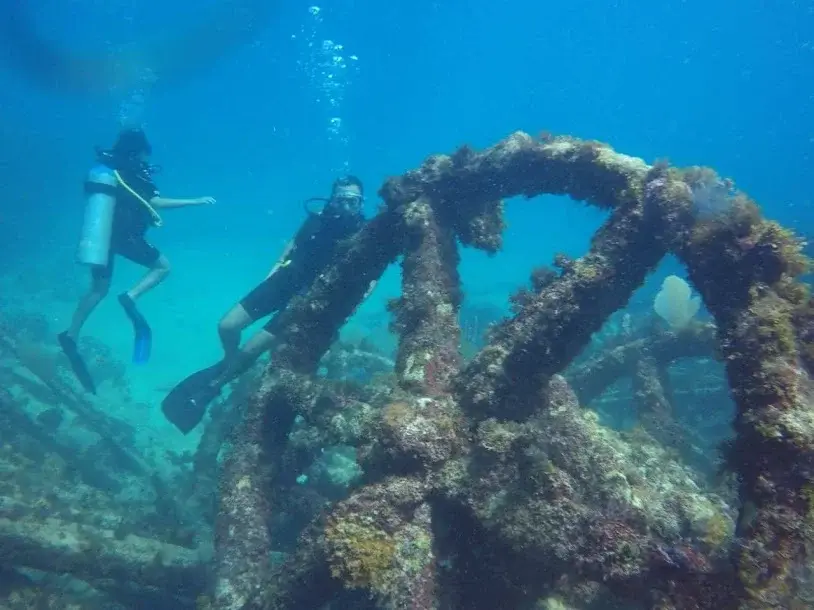
Wreck Monica
15 meters / 50 feet
It is a French cargo ship from the 1880s that transported materials for the construction of the Panama Canal, but it came too close to our coasts and ran aground on our reefs. Today we can see the complete prop and parts of the machinery, the boiler among other parts, as well as materials for the construction of railroad tracks. Small caves were created between the ship and the reef— a little narrow but very beautiful. Monica is at a depth of 15 meters maximum and 5 meters minimum; this is 1/2 mile from the coast.
Sharks Point
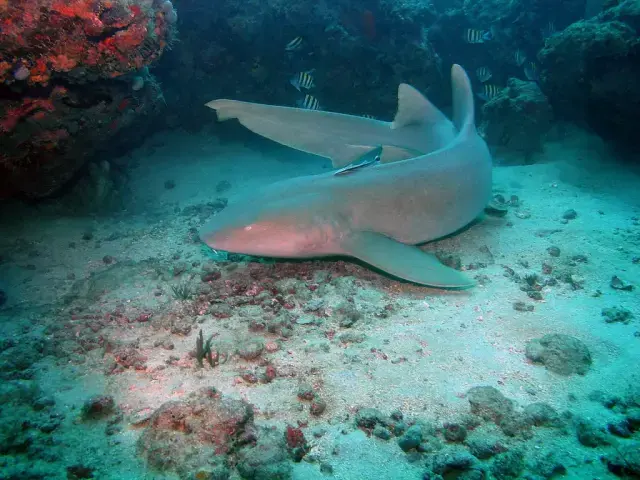
Shark Point
30 meters / 100 feet
This dive is reserved for our more advanced divers as we will be going down to approximately 24 to 30 meters. Here we will be able to explore a huge coral garden on reefs that are rarely seen by other divers in the area. As the name suggests, here we are likely to encounter some nurse sharks and blacktip reef sharks. If you haven’t completed your advanced open water yet, here is your chance.
Submarine
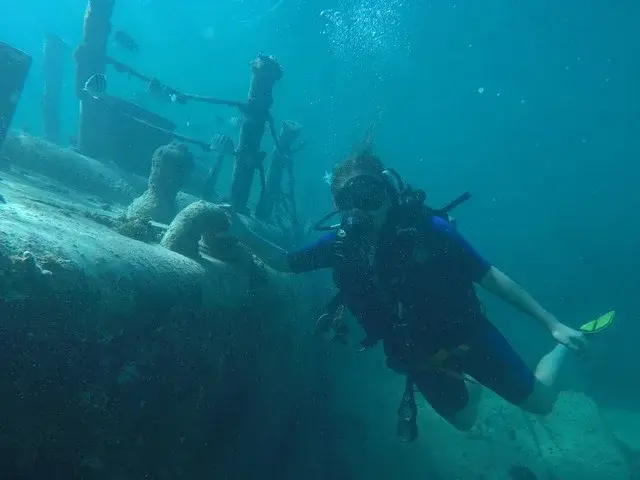
Submarine
6 meters / 20 feet
It was created to facilitate excursions by a Russian engineer. The submarine was in service from 1994 until 2004 when Hurricane George passed through the Dominican Republic, and it sank just a quarter mile off the shores of Cabeza de Toro. Since then, it has become a sanctuary for divers. Its dimensions are 50 by 15 meters, with a depth of 5 to 7 meters.
El Nino
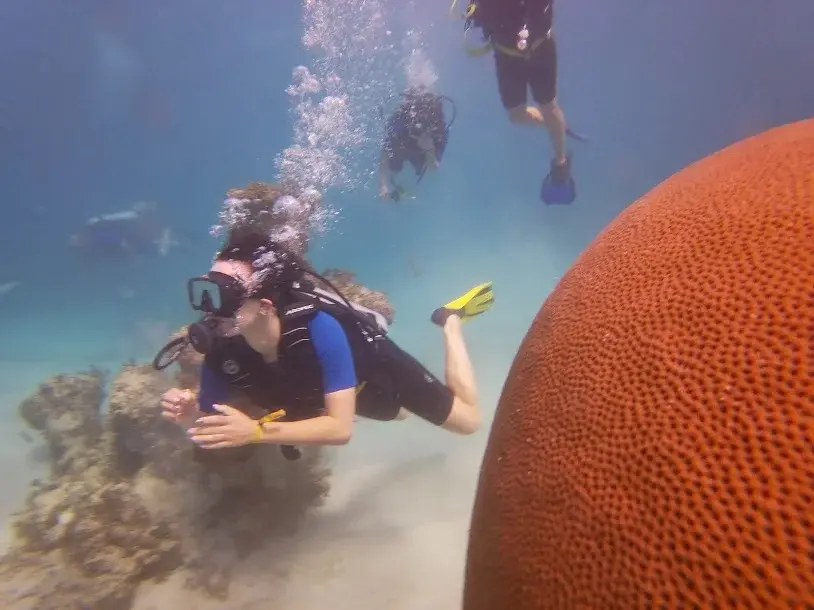
El Niño
6 meters / 20 feet
Ideal conditions for beginner divers and for those who are just looking to refresh their skills. Despite this dive being one of the shallowest compared to others, El Niño impresses with numerous wonderful schools of tropical fish.
Anchor
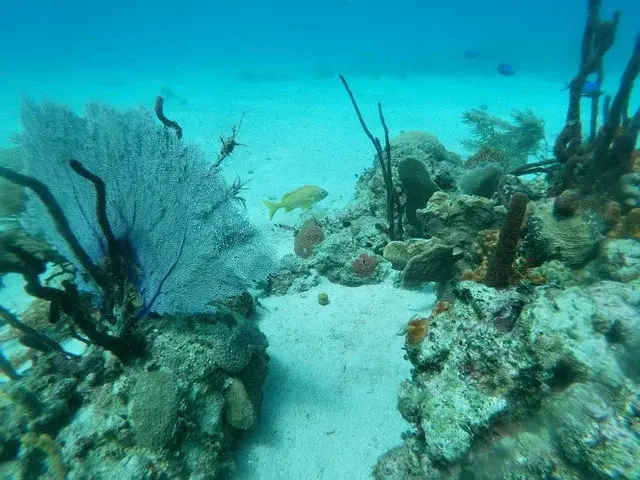
Anchor
19 meters / 62 feet
The anchor dropped at a reef with a depth of 19 meters and a minimum of 14. That’s where Monica’s sailors dropped the anchor when they realized it was very close to the dog coast. It was too late. In this reef, we can find the chain from the freighter’s anchor. Monica’s anchor was pulled out of the water by the natives.
Cuevitas

Cuevitas
10 meters / 33 feet
Discover the thrills of swimming through the canyons and small caves that make up Cuevitas. All the swim-throughs are illuminated by enough natural light that there is no need for flashlights, but they are welcome, as you will be able to find some of the lobsters and cleaner shrimp hiding inside the caves. As well, this site offers a variety of different corals and fish to be seen.
Finger Coral Plantation
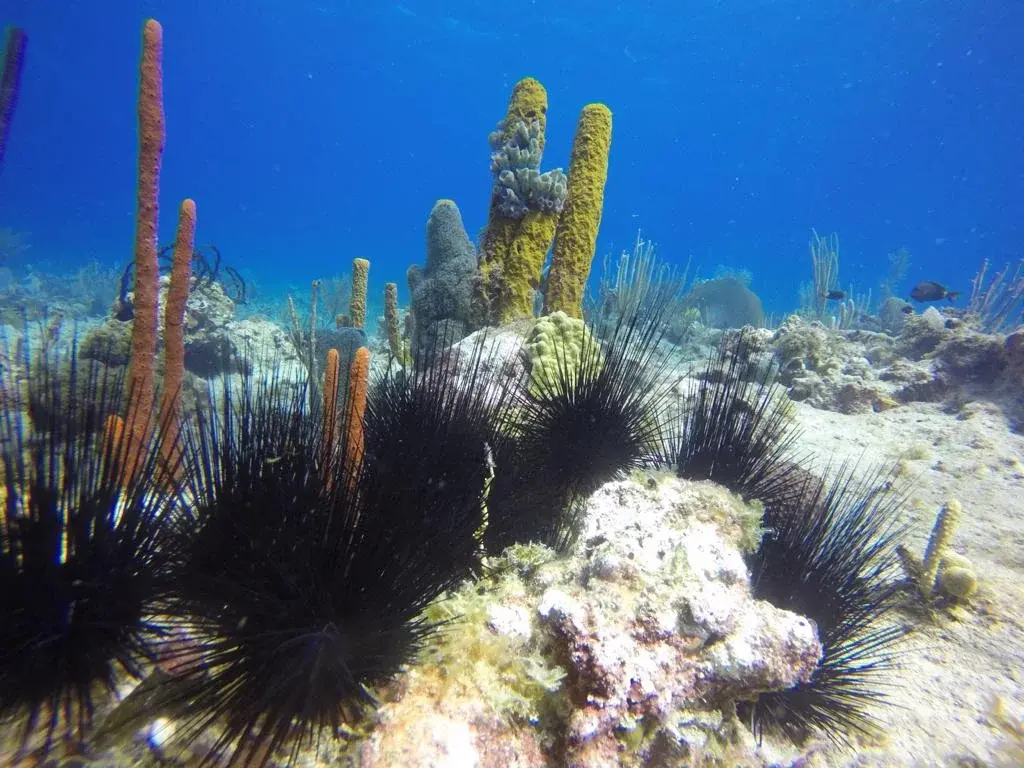
Finger Coral Plantation
6 meters / 20 feet
This place is beautiful and very interesting; it has a depth of 6 meters. The bottom is sandy and has very large rocks where corals are born. The interesting thing about this place is the coral nursery that we have created to stake out in all our dive sites. We also have a lot of yellowtail snapper fish, among others.
Rock City
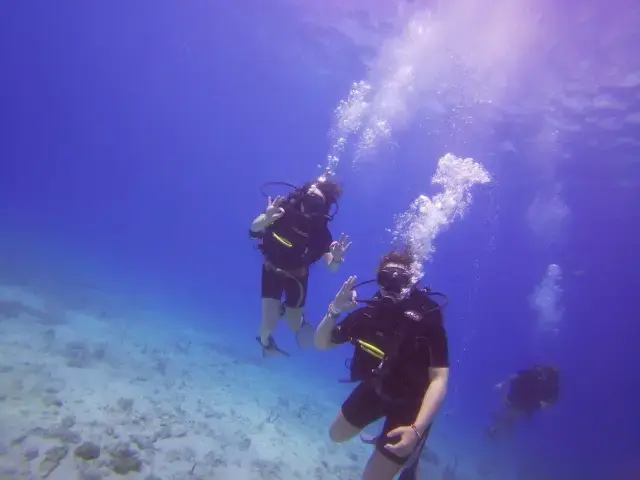
Rock City
16 meters / 53 feet
Here in Rock City, there is a depth ranging from 5 meters (17 feet) up to 16 meters (53 feet) because of the formation of the canyons that lie in the natural reef. This is also the reason that it is so calm on the beach of Cabeza de Toro. When the conditions permit, this site is an amazing experience for drift dives.
St George Wreck Bayahibe
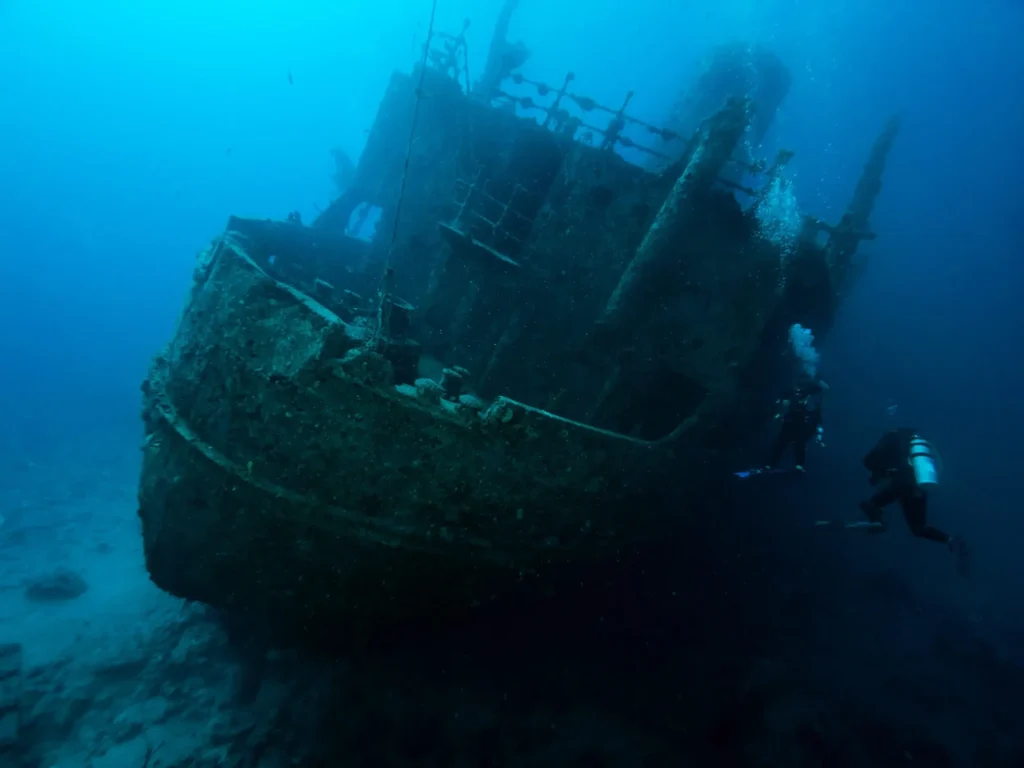
St. George Wreck – Bayahibe
40 meters / 131 Feet
Located just a half mile off the coast of Dominicus in Bayahíbe, the 73-meter (240 feet) long St. George ship was originally built in 1962 in Scotland and was used to transport wheat and barley from Europe to the Caribbean. Today, the sunken ship is home to barracudas, moray eels, king mackerels, and groupers, among other species. Due to its depth of 40 meters (131 feet), it is recommended only for advanced divers.
The Wall Catalina
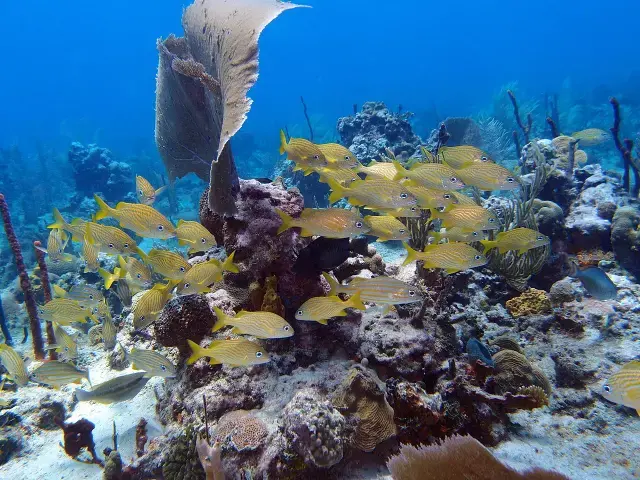
The Wall – Catalina
30 meters / 100 Feet
This spectacular drop-off is one of the best dive sites in the Dominican Republic. A gentle slope leads to the wall. On the top reef, you will enjoy the abundant marine life. Every square centimeter of this seabed is covered with sponges and hard or soft coral. The depth of this terrace varies from 1.5 to 6 meters. The drop-off is fully overgrown with coral, and the crevices hide a tremendous amount of reef creatures. We restrict the depth, even for advanced divers, to 30 meters.
Atlantic Princess-Bayahibe
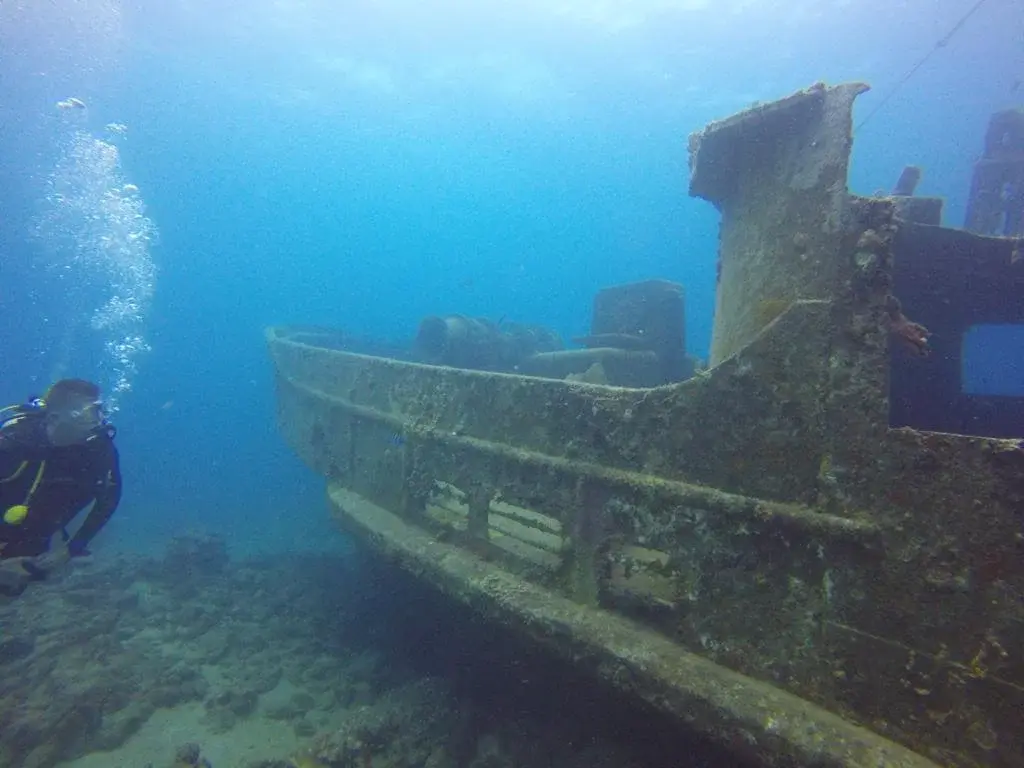
Atlantic Princess – Bayahibe
10 meters / 33 Feet
The Atlantic Princess was a small cruise ship used by tourists in the area. In 2008, it ran aground on the beach during Tropical Storm Fay. The plan was to sink the vessel to create a beautiful underwater environment and artificial reef for visitors. However, the Atlantic Princess sank on its own on May 6, 2009, and rests at just 12 meters (40 feet) below the surface. It remains a great dive spot for all, from beginners to experts, thanks to its abundant marine life at shallow depths.
